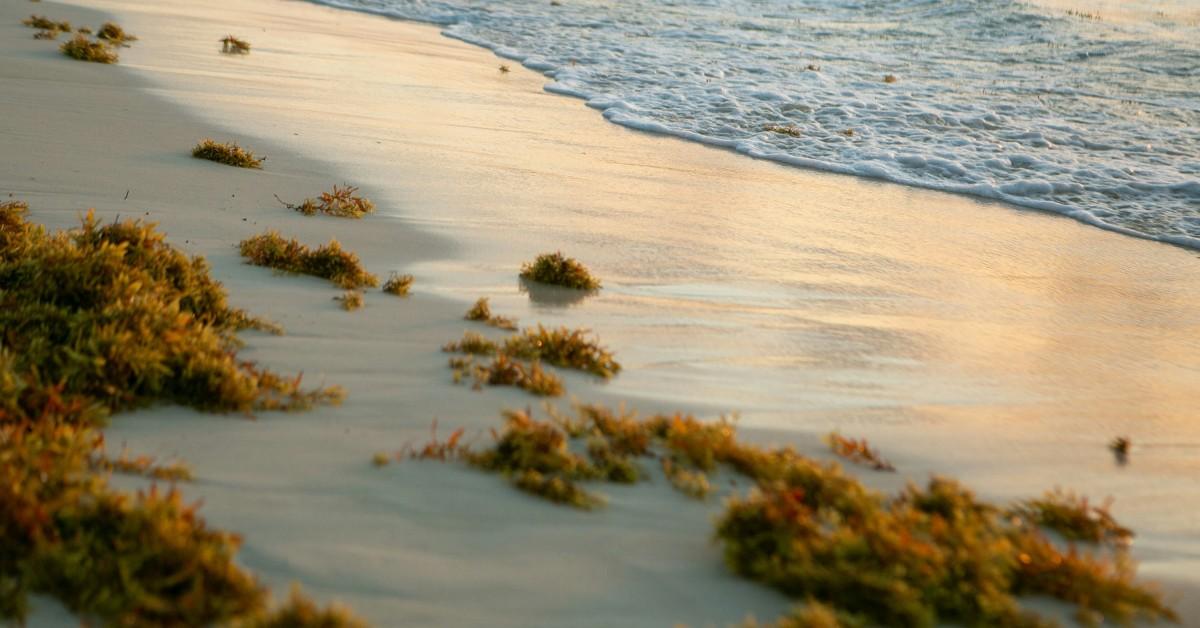Here's What You Can (and Can Not) Do With With Sargassum Seaweed
Is Sargassum the next fertilizer alternative?
Published June 6 2025, 9:33 a.m. ET

If you've never heard of sargassum, you may live too far inland to be aware of the invasive plant. That's because this seaweed has become the bane of existence for many along Florida's southern beaches, where the marine foliage flourishes, choking out life and covering the beaches with the bits that wash ashore.
The problem has been growing since 2011, prompting officials and experts to research new and inventive ways to deal with sargassum.
One of the things they've come up with involves repurposing the plant to help turn something that has become a major problem into something that can do a little good. Researchers have been wondering if sargassum can be used as fertilizer, and whether or not it can help reduce the cost for farmers and those who eat the food grown on U.S. soil.
Keep reading to learn what they've discovered about the invasive seaweed.

Can sargassum be used as fertilizer?
According to the National Oceanic and Atmospheric Administration (NOAA), sargassum can be converted into a high-quality fertilizer safe for use on edible crops. In 2022, the government entity shared that it was able to convert millions of pounds of the invasive marine plant into fertilizer, which was then distributed across 5,000 acres of U.S. farmland.
NOAA reported that the fertilizer produced amazing results. It is estimated to have saved farmers plenty of money on fertilizer costs—up to 20 percent, according to some calculations—and increased farm yields by an average of $990 an acre. Considering how many acres it was used on, it accounted for an additional yield of $4,950,000 for U.S. farmers in a single year.
However, some warn against using seaweed as fertilizer for edible plants until more research is done. For example, a study in the Netherlands found that sargassum was full of heavy metals, and they banned the use of fertilizer on food crops until more research could be done on the effects of the heavy metals and whether they would transfer over into the crops.
Is sargassum seaweed edible?
With so many people working to come up with creative solutions to the sargassum problem, one of the more obvious ones would be to turn it into a food source. However, with the concerns surrounding heavy metals, some do worry whether or not sargassum is edible.
According to the Maine Coast Sea Vegetables company, the answer is a resounding yes.
However, the trick is identifying which species of the plant you can eat, which can be tricky. According to the website, only certain variations are safe for consumption, like S. fusiforme, which is marketed as hijiki (or hiziki) in Japan.
And while some other variations are safe to eat, like S. natans and S. fluitans, they don't exactly taste good.
However, the website explains that when you find the right species, and when you prepare them well, they can be enjoyed in several different ways, including on salads, in soups, and even as a vegetable side.
No matter how you deal with the sargassum situation, it's clear that there are a few different ways to remove these plants from the coast and to repurpose them into something else, helping to alleviate the strain they are putting on beach communities everywhere.